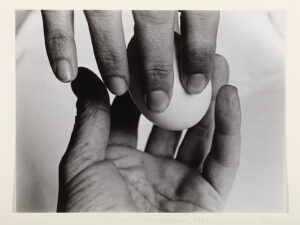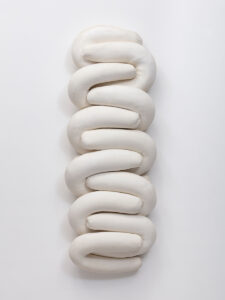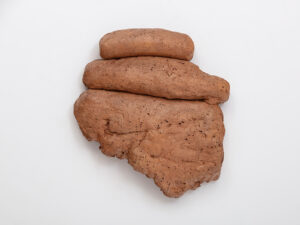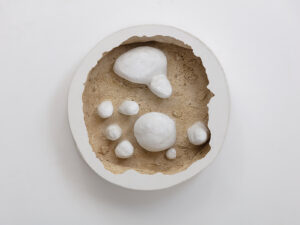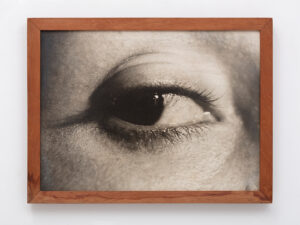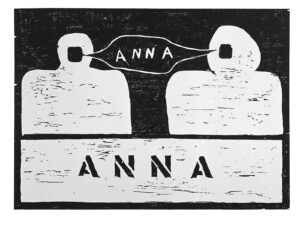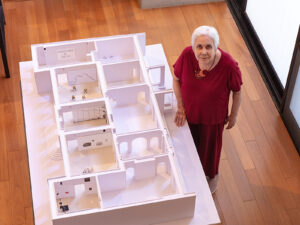When she collected her Golden Lion for Lifetime Achievement at the Venice Biennale in 2024, Anna Maria Maiolino (Scalea, 1942) dedicated the award to “Brazilian art” and to the country that welcomed her. Defining her merely as a major Carioca artist is all too simple, as her human and professional path, currently told in a large personal exhibition set up at the National Picasso Museum in Paris and entitled Je suis là. Estou aqui (“I am here” in both French and Portuguese), runs through four countries and two different continents, and is deeply influenced by the experience of emigration.
Born in Calabria in the midst of the Second World War, Maiolino grew up in a large family, the last of ten children, and in a very Mediterranean context with cliffs looking over the sea and tables where different generations came together for meals. “She always says that the table was her university, because they talked about anything and everything, there with her parents, grandparents, brothers and sisters she had the chance to glean her first knowledge,” explains Sébastien Delot, head of the museum collection and curator of the exhibition along with the Brazilian Fernanda Brenner. When she was six, she moved to Bari, where her oldest brother had enrolled at university, and when she was twelve, she crossed the ocean to Caracas, Venezuela, the place chosen by her family hoping to find work and greater economic stability. Here, during her high school studies, with all the difficulties of learning Spanish and picking up the cultural codes of her new country, she discovered the universal language of painting and the plastic arts.

Six years later came another new start, in yet another new country, Brazil, in Rio de Janeiro. Again following her parents and siblings, and again not knowing the local language and customs. At the National School of Fine Arts, she came into contact with the city’s artistic scene and met painters and sculptors, including her future husband Rubens Gerchman, with whom in 1968 she moved to New York for a short time, before her divorce and final return to Brazil. It was precisely these subsequent “breaking fault lines”, this discontinuity, lives begun then interrupted, which nurtured a compound cultural identity in constant transformation. “In the various border crossings, her personality was enriched by her encounters and the languages she learned,” Delot confirms. “There is a very Brazilian concept that she often refers to, cannibalism (the reference text is the Manifesto Antropófago published in 1928 by the poet Oswald de Andrade, one of the key figures of Brazilian modernism, alluding to the ritual cannibalism practised by some indigenous tribes in the pre-Colombian era, ed.). At one point, to be accepted you have to swallow and digest the new culture, you have to take the elements that interest you and make them your own.”
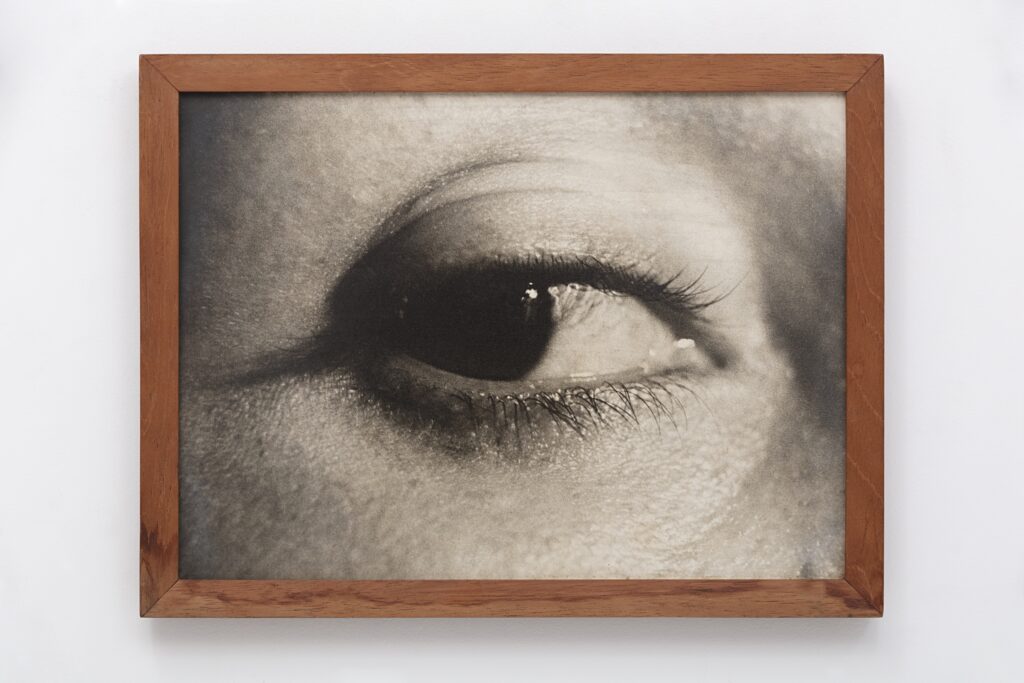
The over one hundred works selected for the exhibition, the artist’s first personal in France and organised for the France-Brazil cultural season 2025, bear witness to Anna Maria Maiolino’s extraordinary ability to carry her thoughts from one medium to another, passing easily from drawing to engraving to clay working to Fotopoemação, a performative and poetic black and white photography. Raw clay, in particular, that we find both in the rooms devoted to New Landscapes and in an impressive site-specific installation set up in the courtyard of the Musée Picasso, has been one of her favourite materials since she used it for the first time in the late Eighties. Modelled into coils folded one over the other or in organic forms, as for example the visitors to the retrospective set up at the PAC in Milan in 2019 or the Biennale in 2024 were able to admire, they help her to create large works using her hands or very simple tools.
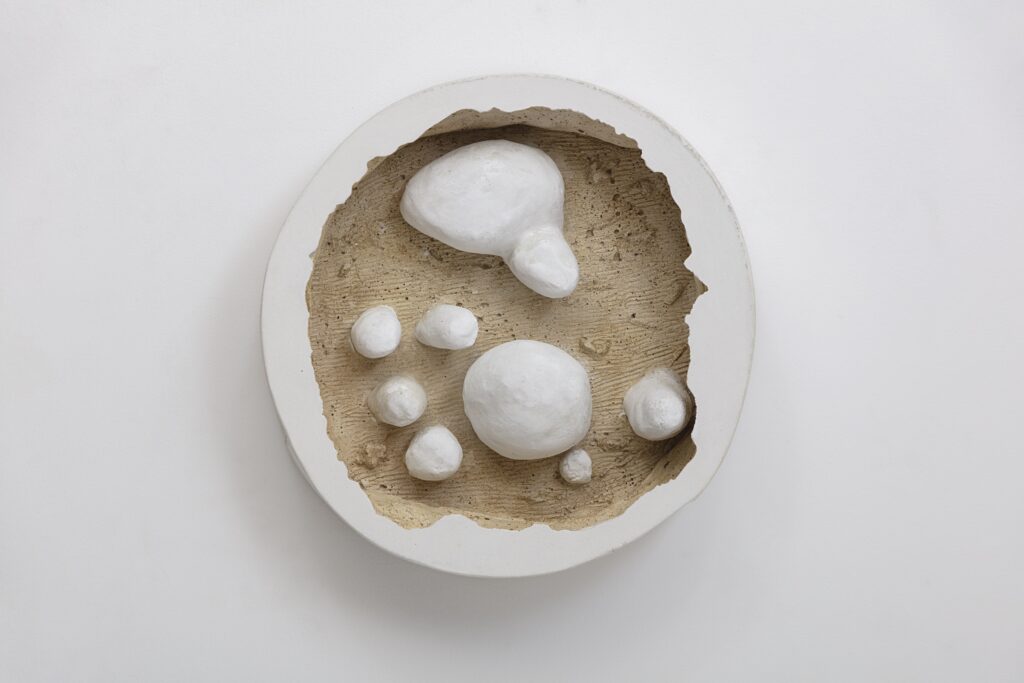
“Anna Maria often says that she likes clay because it is elastic, a bit like her own thoughts. An idea can be transformed and become something else, simply by pressing with your fingers. Modelling clay is an activity a bit like making fresh pasta in her southern Italy: in both cases, you work with a damp mass, repeating slow, age-old gestures. And in addition, the process is not fully controllable, as it depends on the temperature and other external factors,” Sébastien Delot continues. As always happens in the work of this artist, simplicity is only apparent, and hides a complex, stratified research.
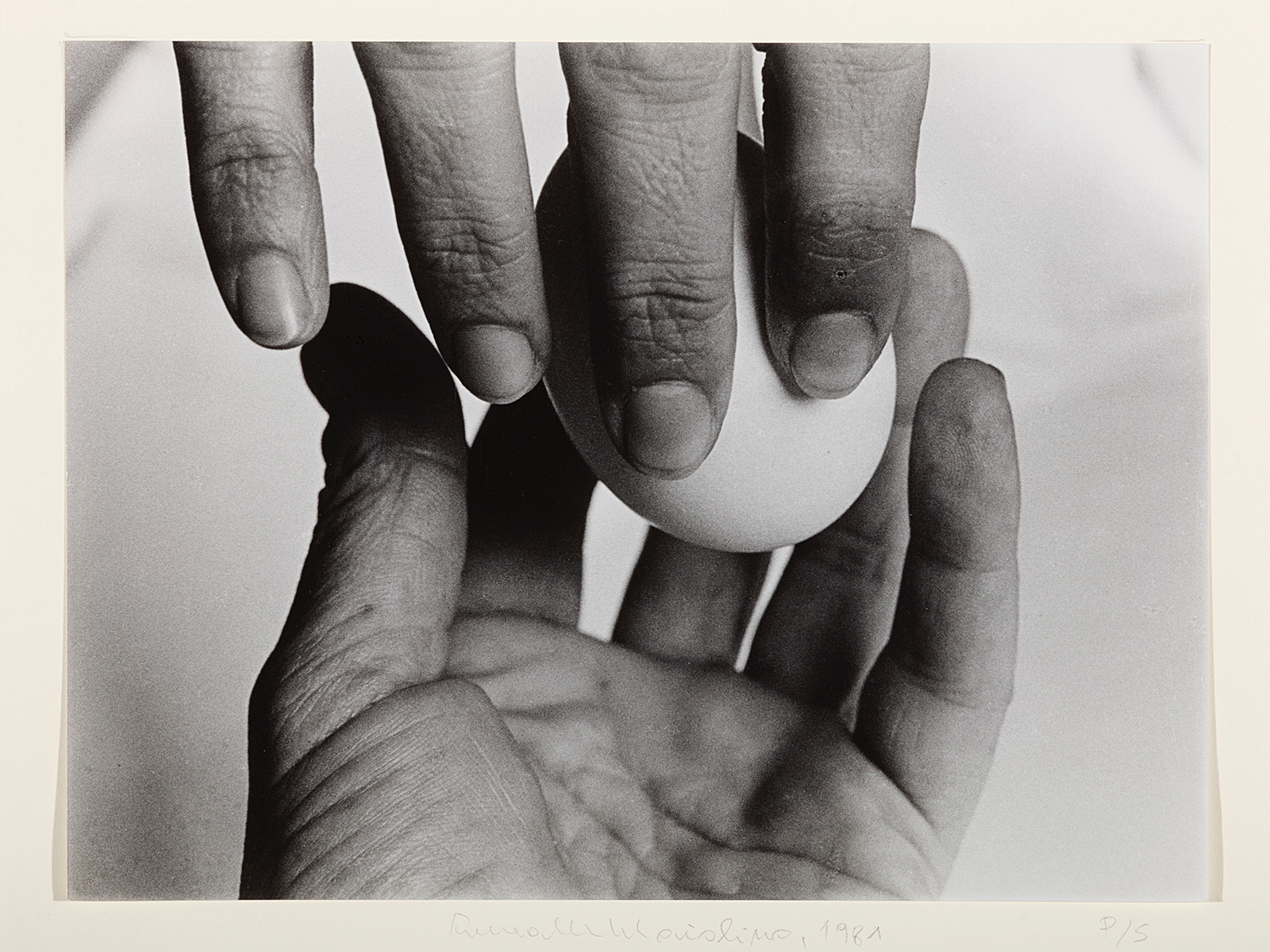
Anna Maria Maiolino, Sem Titulo, from the series Vida Afora (Fotopoemação), ph. Everton Ballardin. In a famous performance, the artist walks on a carpet of eggs, a metaphor of the difficulty of moving and doing art under an authoritarian government.
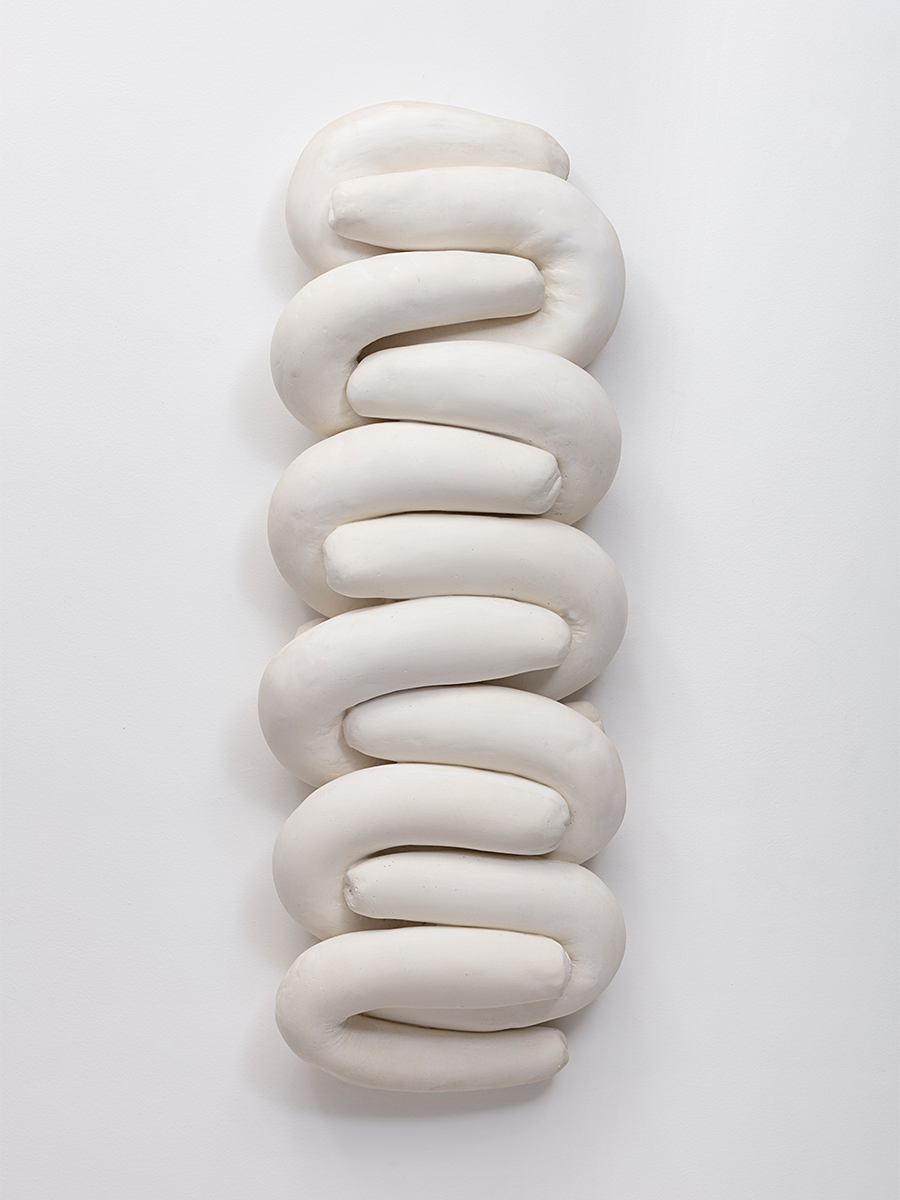
Anna Maria Maiolino, Sem Titulo, from the series Cobrinhas n. 3, 1993, ph. Everton Ballardin. Cobrinhas are coils of material that can be modelled, found in many of the artist’s works
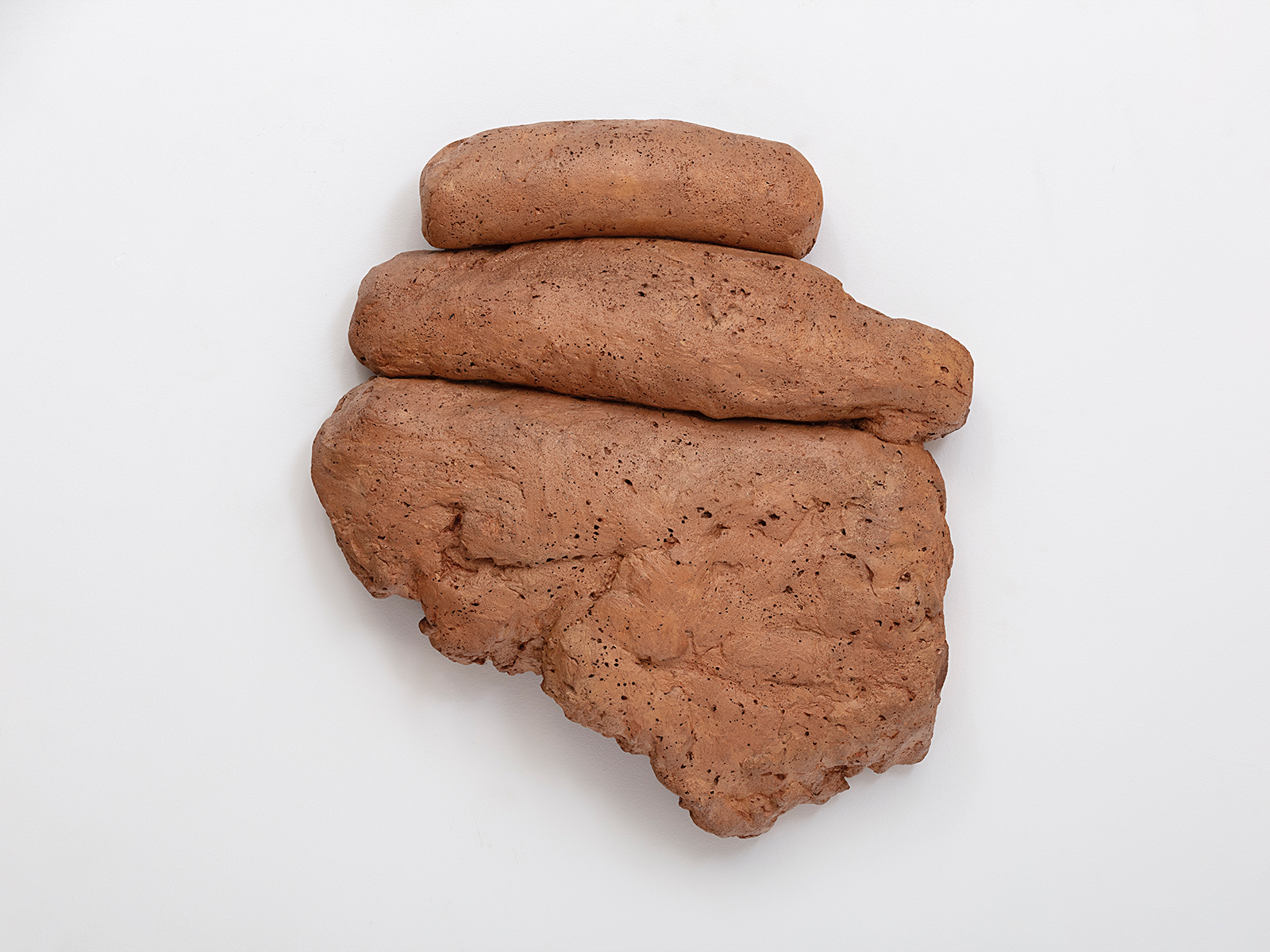
Anna Maria Maiolino, Um + Dois, part of the series Novas Paisagens, 1991, ph. Everton Ballardin. The fifth room in the exhibition is dedicated to New Landscapes, sculpture-objects create using simple moulds
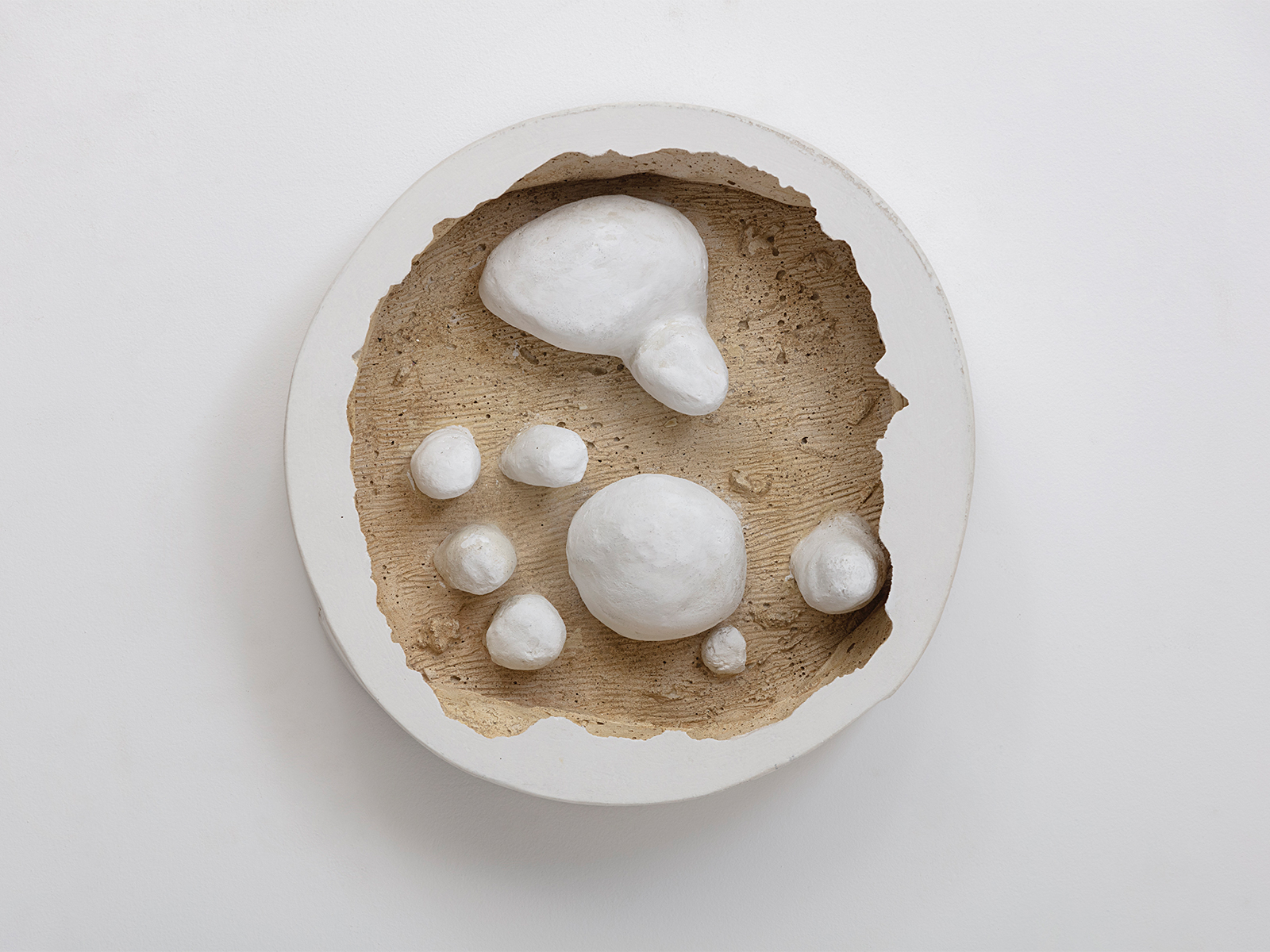
Anna Maria Maiolino, Sem Titulo, part of the series In, modelled plaster sculpture, 2008, ph. Everton Ballardin
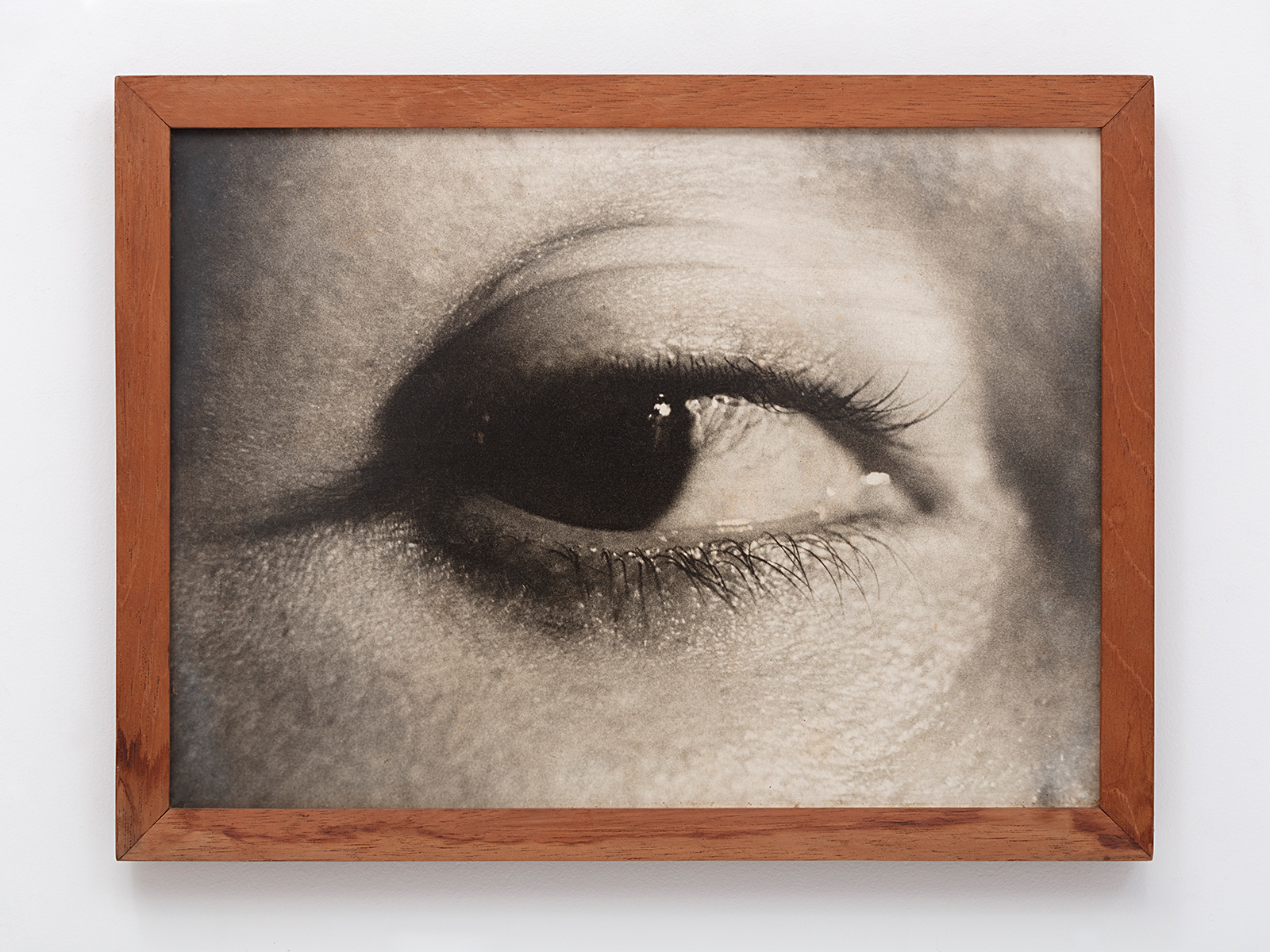
Anna Maria Maiolino, X, from the series Fotopoemação, 1975, ph. Everton Ballardin. The artist often uses her body as inspiration for this series of photographs, which in some way are close to performance.
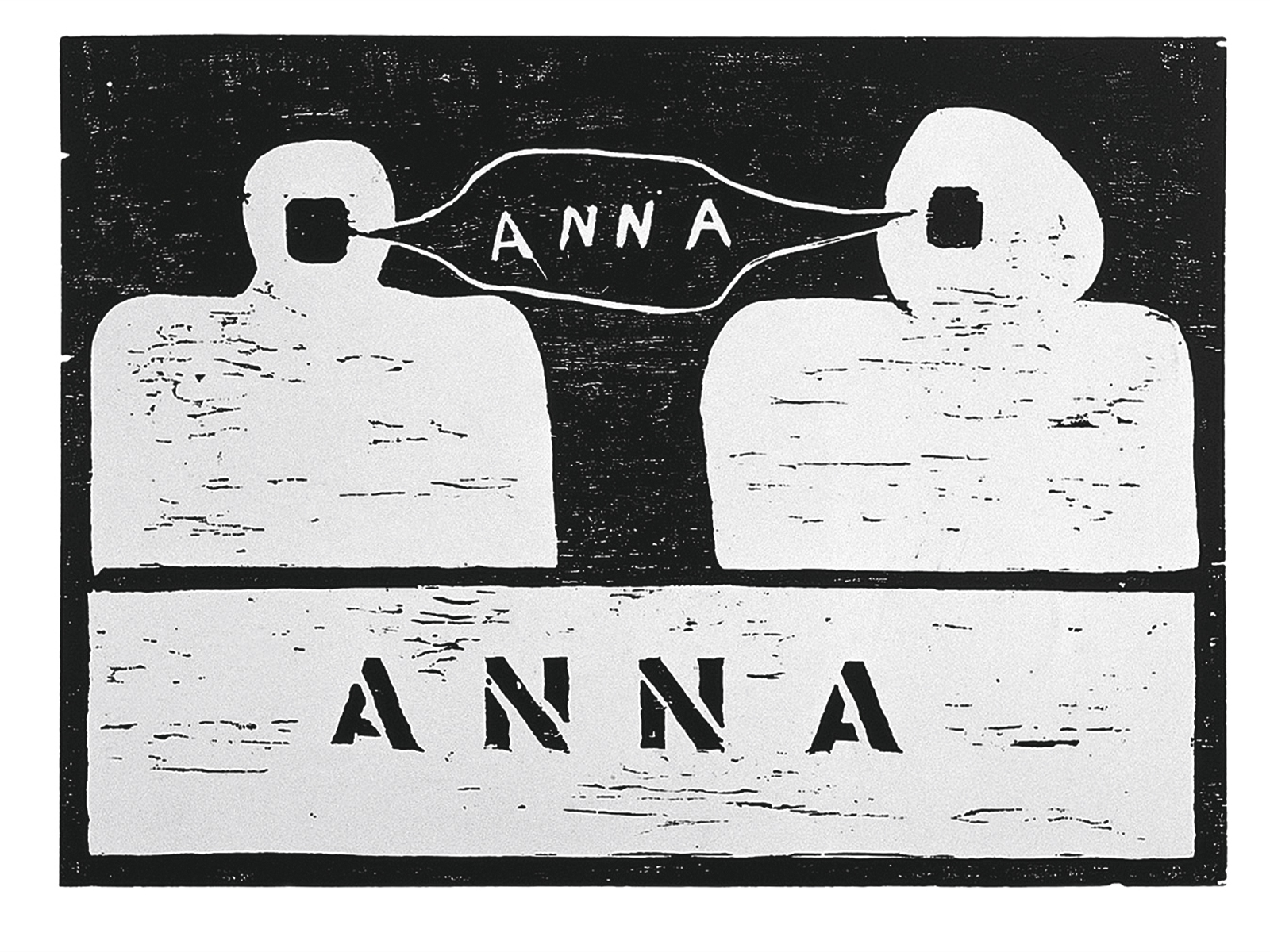
Anna Maria Maiolino, ANNA, xilograph, 1967, ph. Everton Ballardin
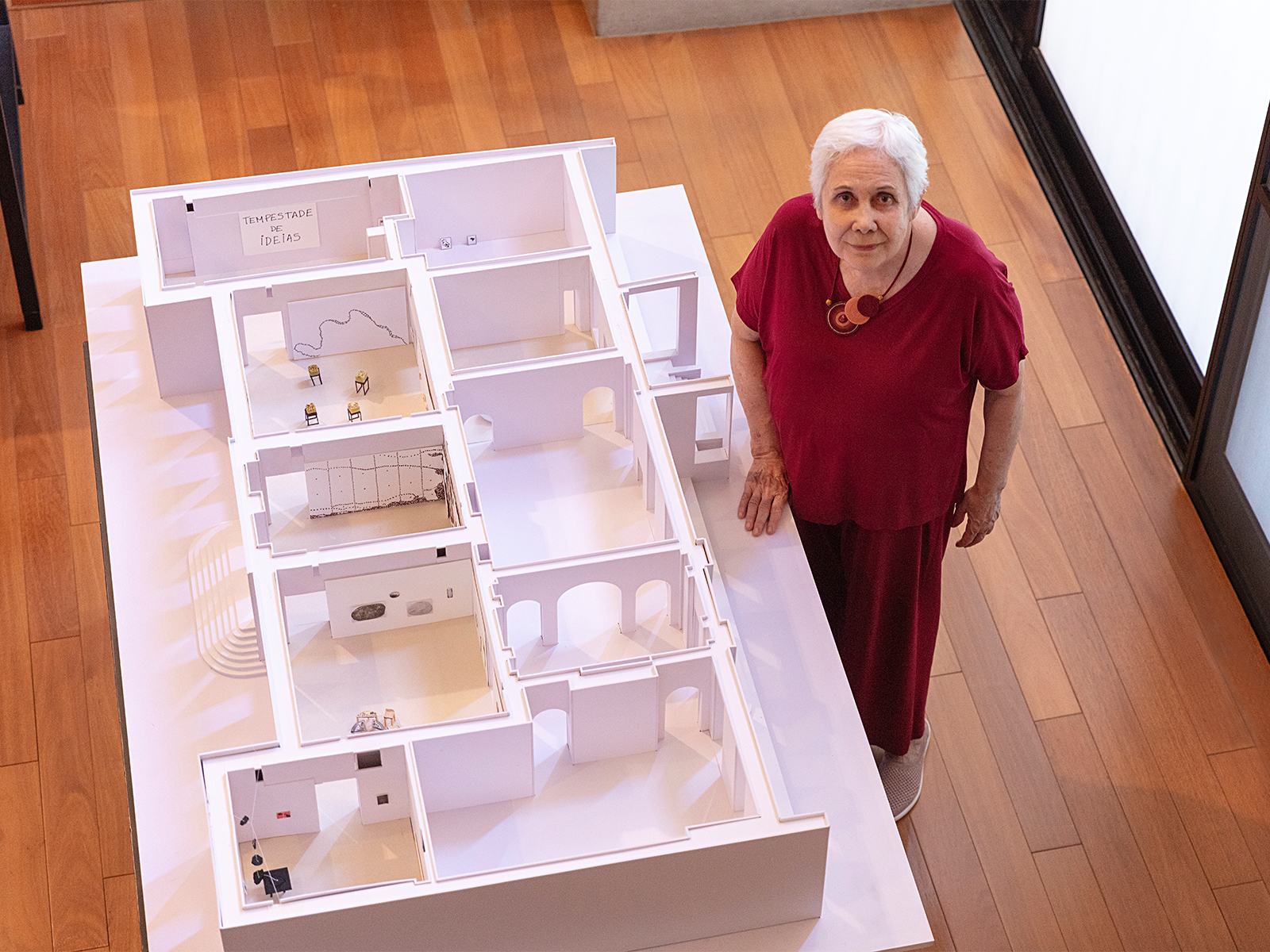
A portrait of Anna Maria Maiolino, ph. Everton Ballardin

A portrait of Anna Maria Maiolino, ph. Everton Ballardin
